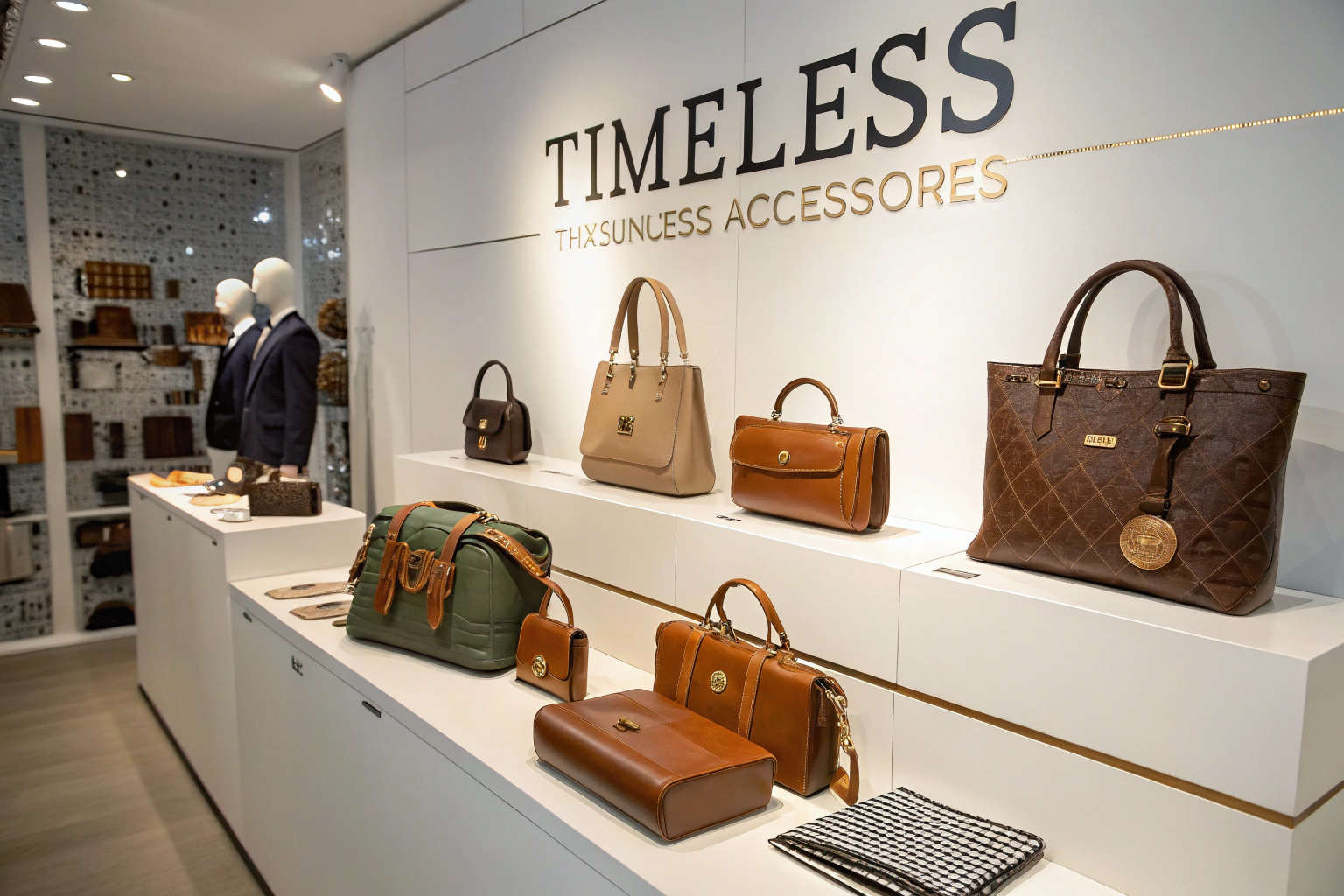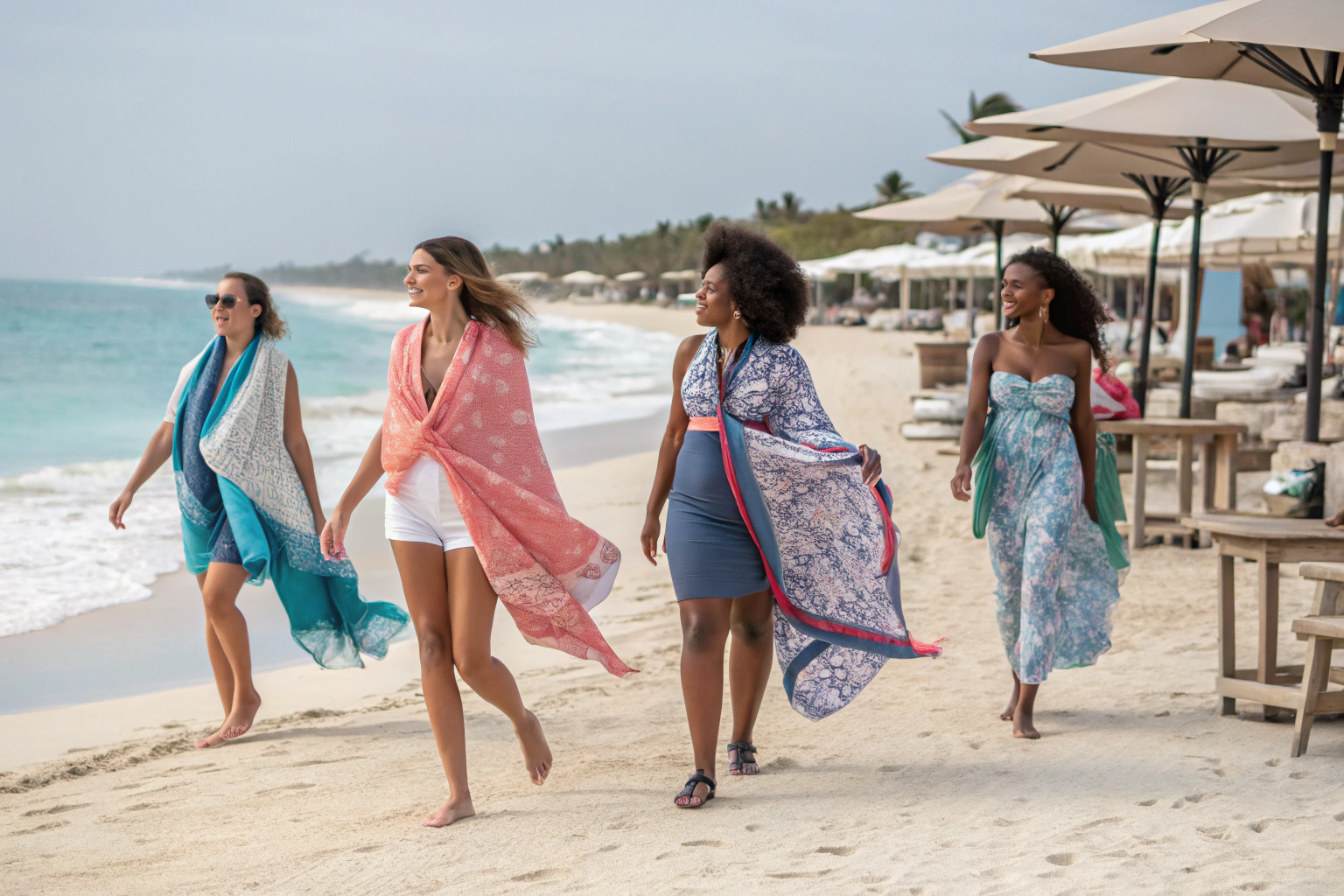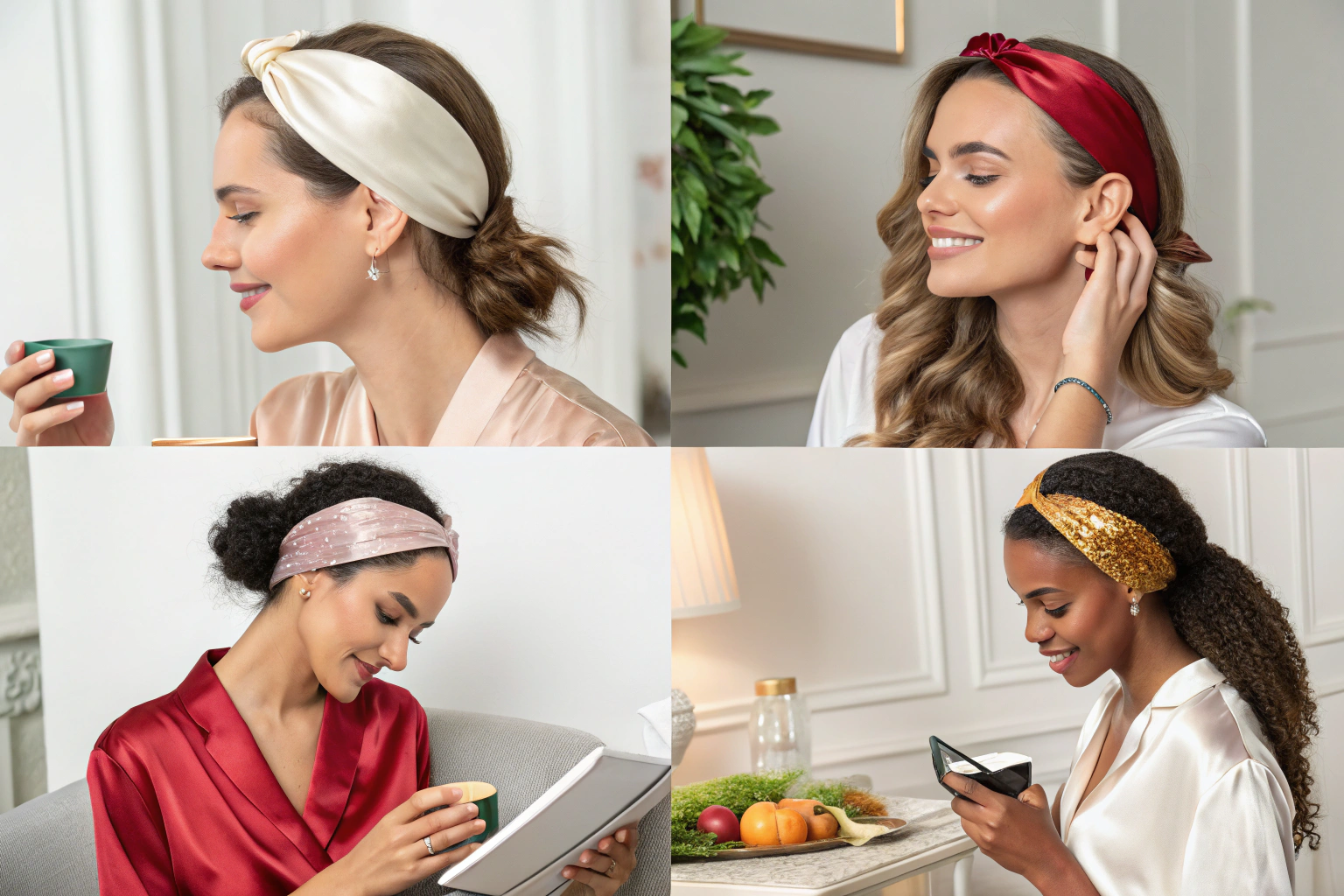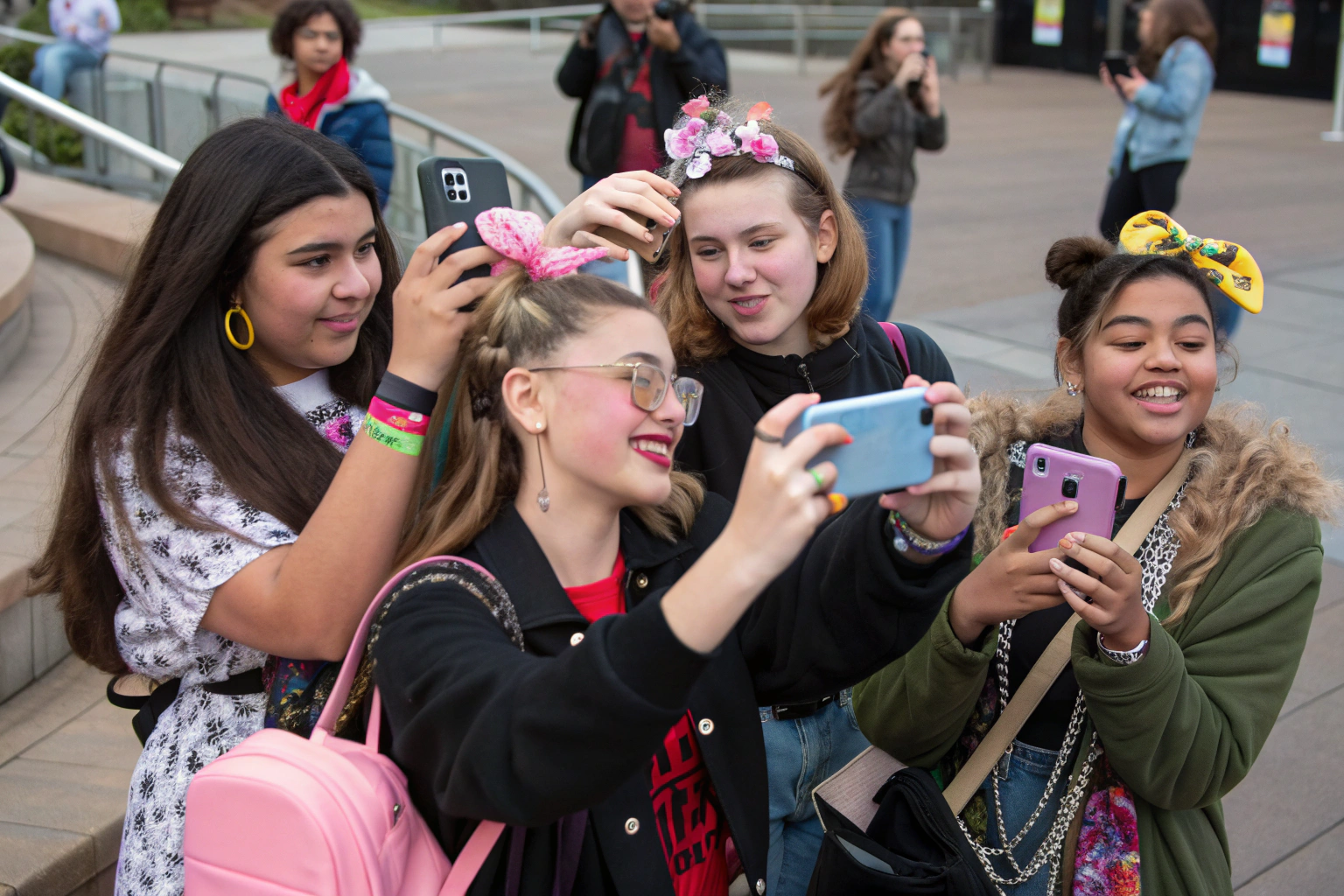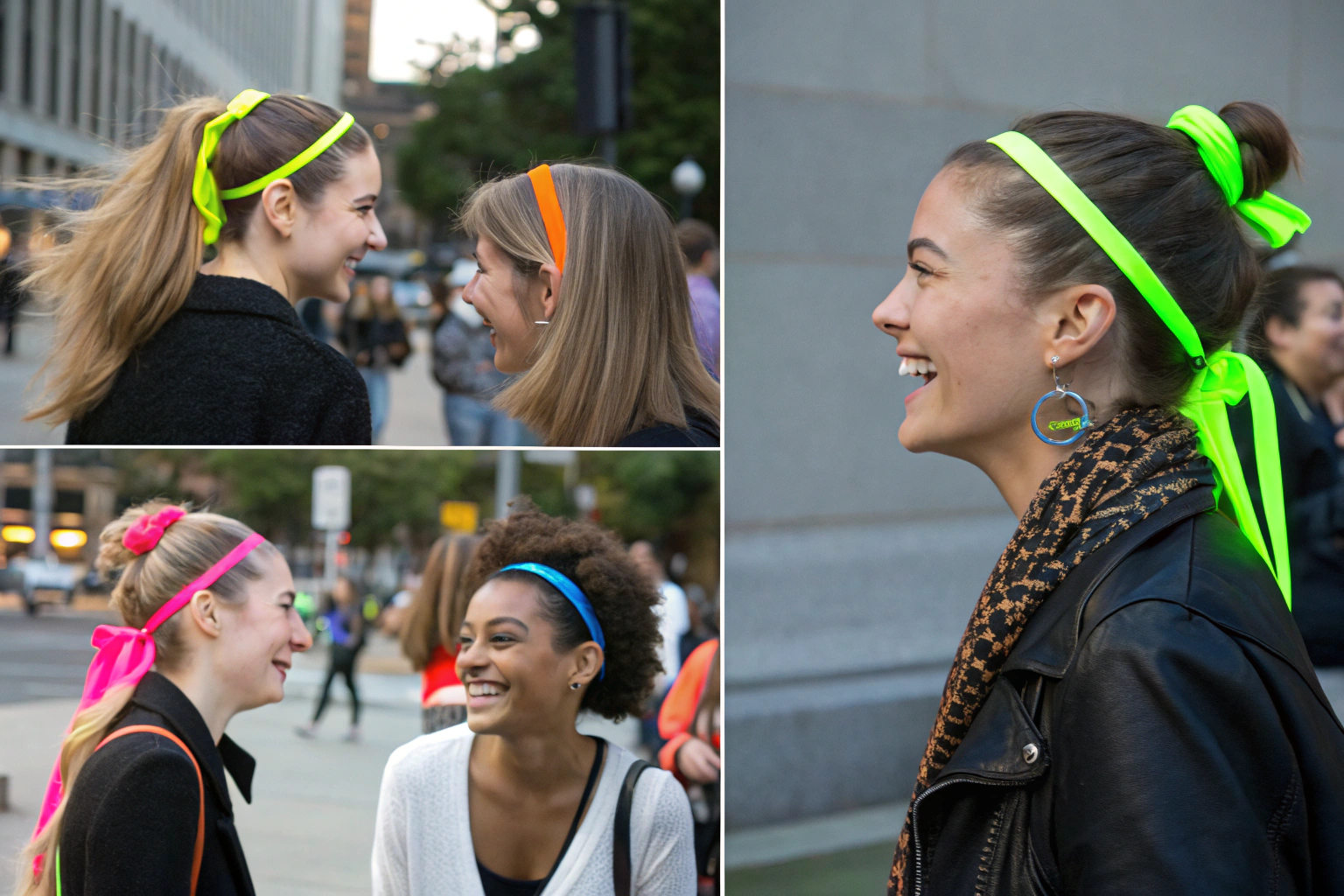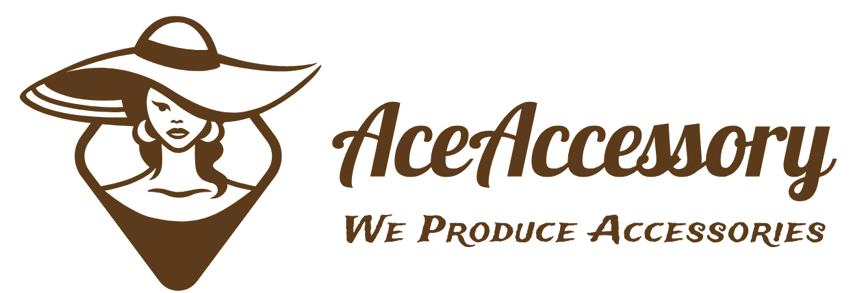Scarves are one of the most versatile and profitable fashion accessories you can sell. From silk squares to boho wraps, scarves appeal to a wide range of customers and offer high markup potential. Whether you’re launching a boutique, building a DTC brand, or starting a side hustle, entering the scarf market is a smart move.
To start a scarf business, you need to choose your niche, source wholesale products, price for profit, and build an online presence that attracts your target audience.
In this guide, I’ll walk you through each step—starting with how to find reliable suppliers, what styles sell best in 2024, how to price for profit, and how to promote your brand online.
How to Source Scarves Wholesale
The backbone of any product-based business is supply—and scarves are no exception. To run a sustainable business, you need reliable suppliers who can offer quality, customization, and low MOQs so you can launch without a huge upfront cost.
To source scarves wholesale, partner with trusted suppliers or factories that offer competitive pricing, low MOQs, customization options, and on-time delivery.
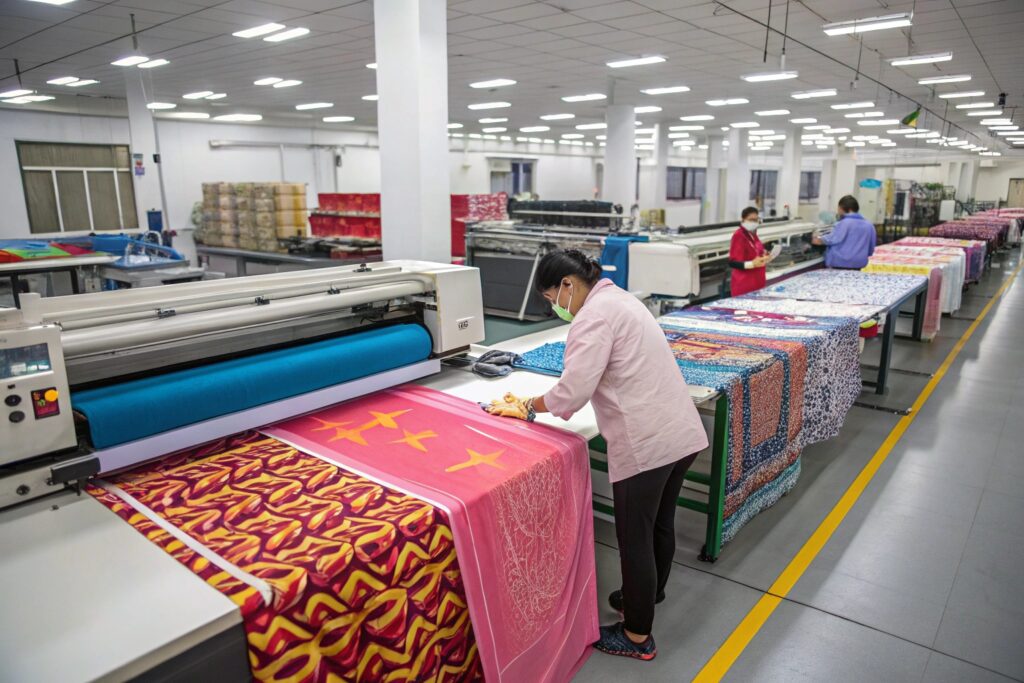
Best Places to Source:
| Supplier Type | Pros | Best For |
|---|---|---|
| Direct Factories (like Fumao) | Best pricing, full customization | Private label & scaling brands |
| B2B Platforms (Alibaba, Faire) | Variety, easier comparisons | Entry-level bulk buyers |
| Local Distributors | Faster shipping, less import complexity | Ready-stock retailers |
| Overstock Wholesalers | Deep discounts on unsold inventory | Budget-friendly startup stock |
Key Sourcing Tips:
- MOQ Flexibility: Start with suppliers offering 100–200 pieces per design
- Fabric & Style Variety: Choose chiffon, silk, viscose, or cotton based on your niche
- Customization Options: Look for logo printing, labeling, and branded packaging
- Sample First: Always order a physical sample before committing to bulk
Fumao Clothing supports startups with low-MOQ private label scarf production, so you can test your brand without big inventory risk.
Top-Selling Scarf Styles for 2024
Before you place your first order, you need to know what styles your audience wants. Scarves are a seasonal and trend-driven product, so staying current ensures faster sell-through.
In 2024, silk squares, gradient pastels, multifunctional scarves, and bold statement prints are trending across online and retail channels.
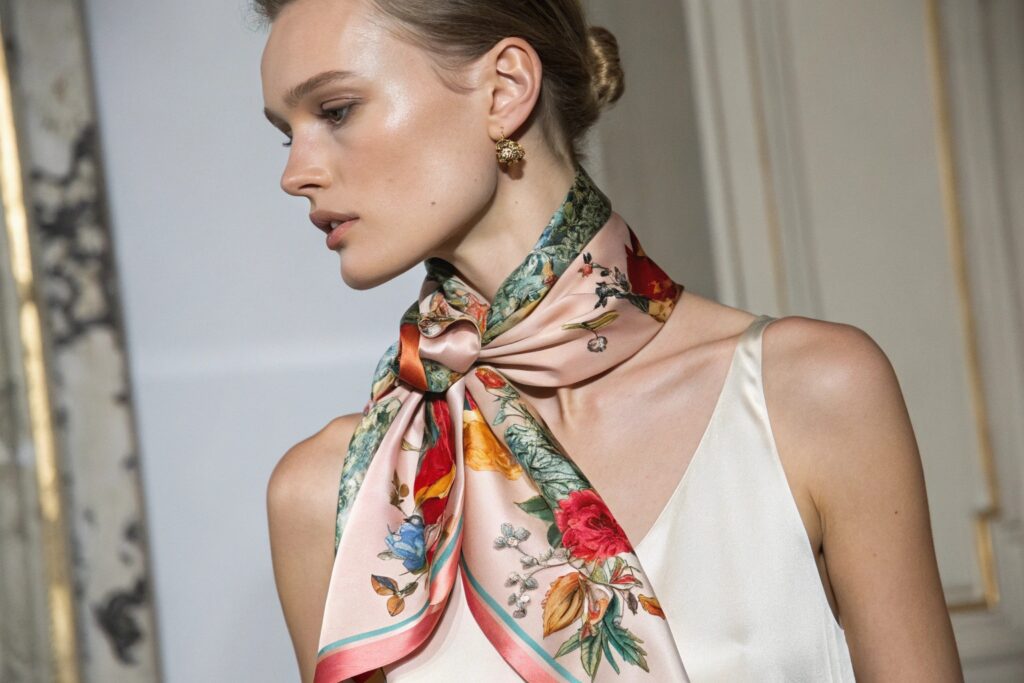
Best-Selling Scarf Formats:
| Style | Description | Target Market |
|---|---|---|
| Silk Squares (90x90 cm) | Classic, luxury feel | Women’s fashion, gifting |
| Boho Wrap Scarves | Lightweight with tassels/fringes | Festival-goers, boho fans |
| Bandana Styles | Casual, unisex, great for hair or neck | Gen Z, activewear brands |
| Printed Satin Scarves | Glossy, budget-friendly fashion | Online boutiques |
| Gradient & Watercolor | Soft tones, artistic flair | Millennial & Gen Z women |
Top Trends for 2024:
- Abstract florals and art-inspired prints
- 2-in-1 scarves (wearable as top or head wrap)
- Vintage revival (paisley, chain prints, silk luxe)
- Custom monogram prints for branding and gifting
- Earth tones and eco fabrics for sustainability niches
At Fumao, we track export trends to the U.S. and Europe and can suggest best-selling formats tailored to your brand style.
Pricing Strategies for Maximum Profit
Setting the right price is key to making your scarf business profitable. Scarves have low production costs and high perceived value, which means smart pricing = big margins.
To price scarves profitably, calculate your total landed cost (product + shipping + branding), then apply a markup based on your channel—wholesale or retail.
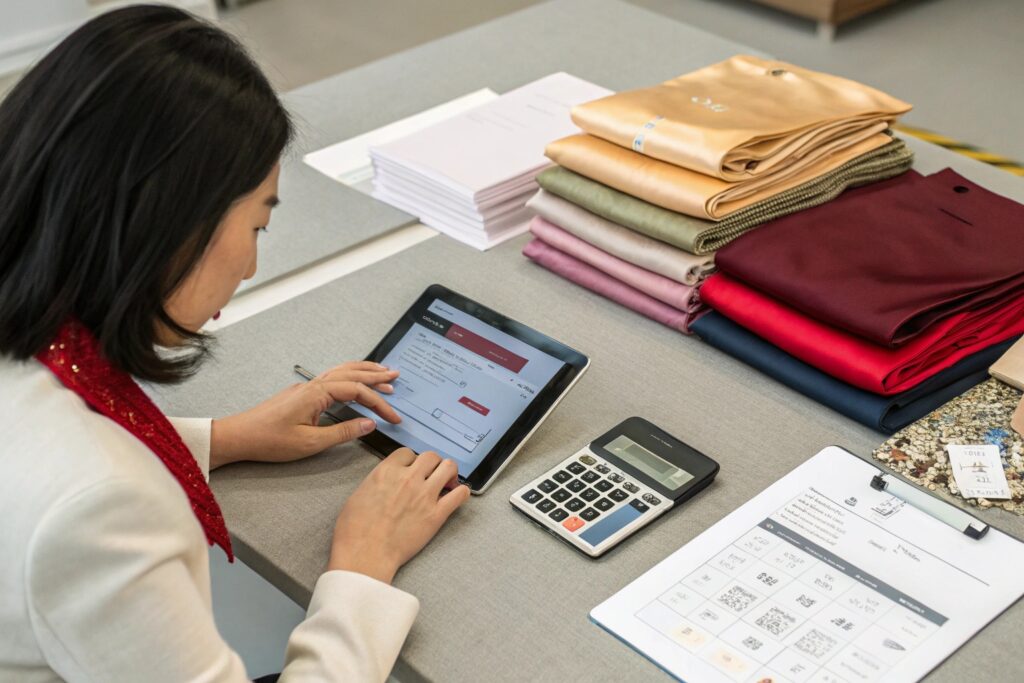
Pricing Formula:
Retail Price = (Total Cost per Unit) × Markup Multiplier
| Selling Model | Markup Multiplier | Example (Unit Cost = $6) | Suggested Price |
|---|---|---|---|
| Direct-to-Consumer | ×3 to ×4 | $6 × 3 = $18 | $18–$24 |
| Wholesale to Boutiques | ×2 to ×2.5 | $6 × 2 = $12 | $12–$15 |
| Subscription/Gifting | Fixed bundle | $6 included in $30–$50 box | Branded bundle |
Add Value Without Raising Cost:
- Custom tags or logo printing = perceived premium
- Storytelling (“hand-illustrated”, “ethical silk”) = higher price acceptance
- Scarves as part of a set = increase average order value
Fumao supports private labeling with custom packaging and tags, which helps you price higher and position your brand as boutique or luxury.
Marketing Your Scarf Brand Online
Now that you have products ready to sell, you need people to see them. Marketing is how your brand connects with customers, builds trust, and drives traffic to your store.
To market your scarf brand online, focus on visual platforms like Instagram and Pinterest, use SEO to drive search traffic, and run collaborations or UGC campaigns for credibility.
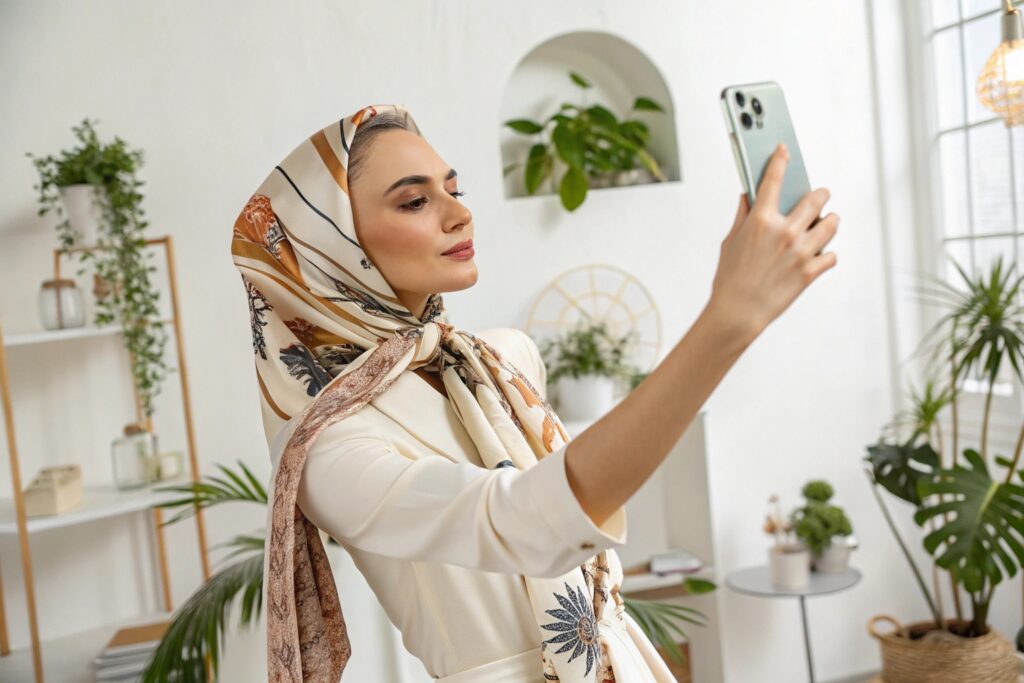
Key Marketing Channels:
| Channel | Strategy |
|---|---|
| Product photos, reels, collabs, styling tutorials | |
| Outfit inspiration boards, trending searches | |
| TikTok | Quick styling hacks, “how to wear it” videos |
| Etsy / Shopify | Optimize product titles, keywords, and alt text |
| Email Marketing | Build a waitlist, send gift guides, launch drops |
Boost Brand Visibility With:
- UGC (User-Generated Content): Send scarves to micro-influencers
- Styling Guides: Teach people how to wear scarves multiple ways
- Sustainable Angle: Use eco fabric or plastic-free packaging
- Limited Drops: Use scarcity to create urgency and sell faster
Bonus tip: Create a QR code tag linking to a “How to Wear This Scarf” video—adds value and boosts customer retention.
At Fumao, we work with DTC and B2B scarf brands across the U.S. and EU and can also provide photography guidance to help your product stand out.
Conclusion
Starting a scarf business is low-risk, high-reward—if you plan it right. With the right supplier, trending products, smart pricing, and consistent marketing, you can build a profitable scarf brand even with a small budget. Start with low MOQ custom scarves, learn what sells, and grow from there. We at Fumao Clothing are here to support you with quality products, flexible terms, and expert insight every step of the way.


